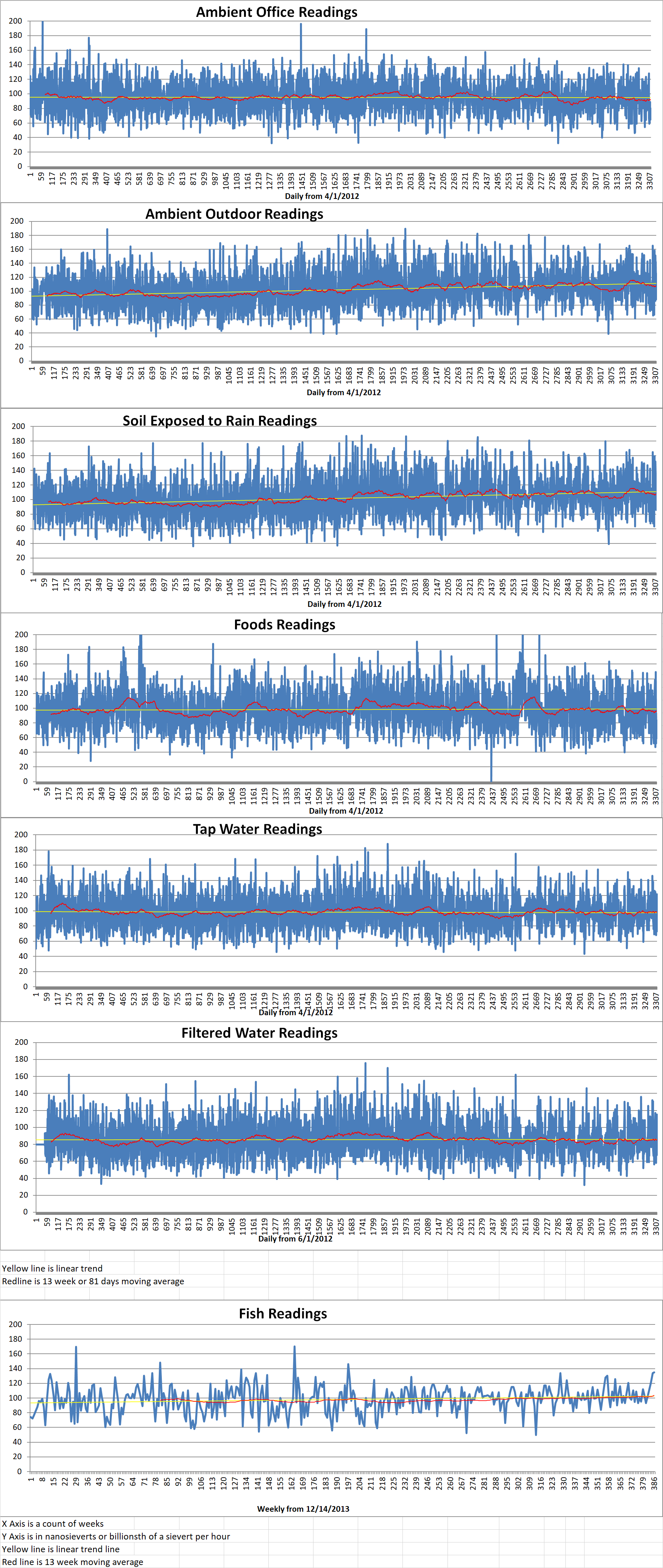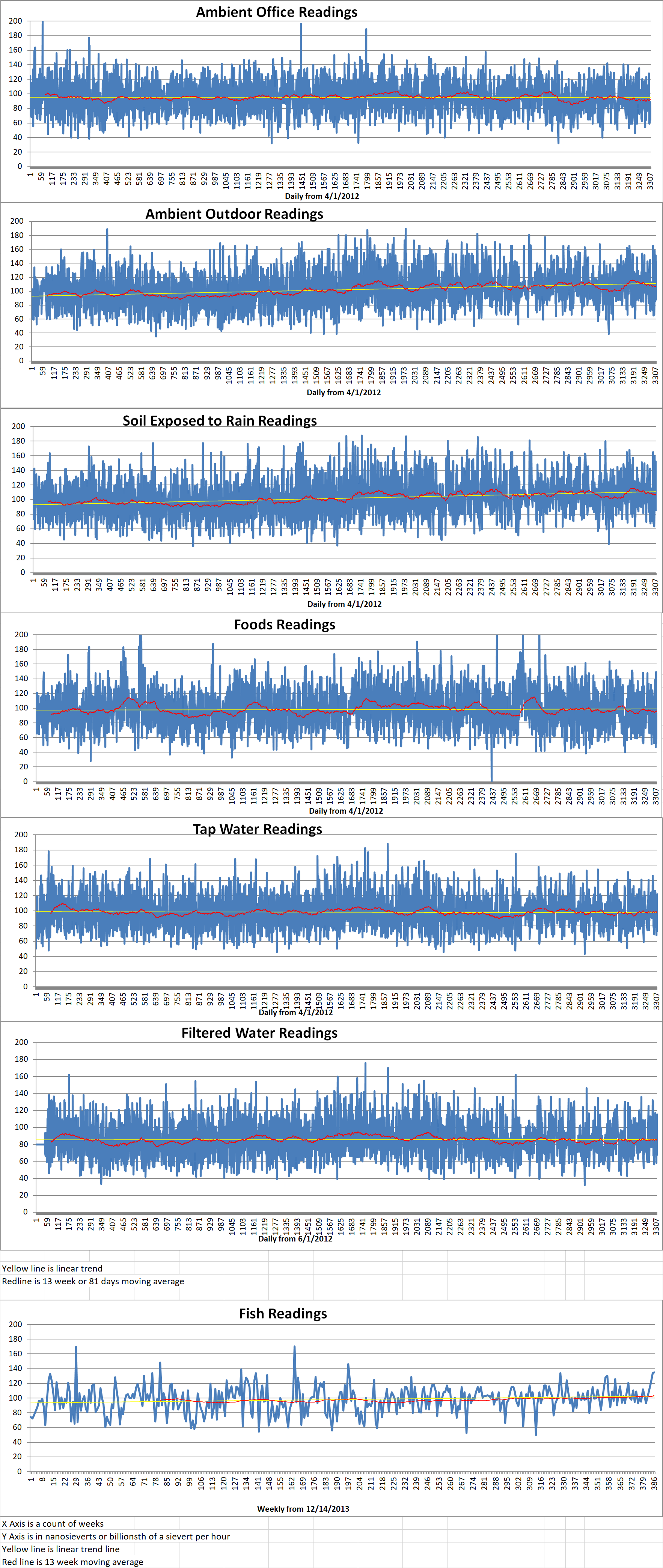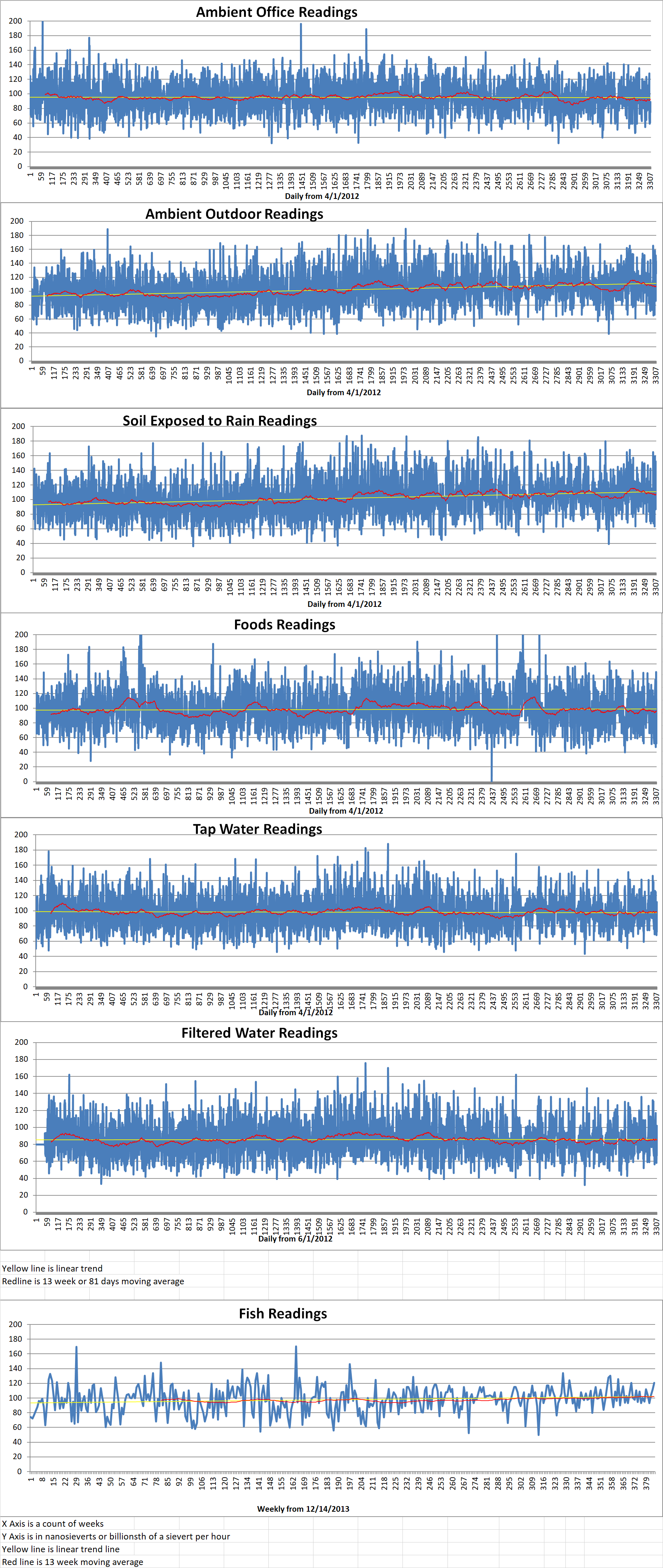Part 2 of 2 Parts (Please read Part 1 first)
The INL report finds that “Results indicate significant potential for global deployment of microreactors, but also significant challenges in achieving the technical capacities, meeting regulatory requirements and international accords, achieving competitive costs and for gaining public acceptance.” Future market demand is seen to be particularly strong across Asia and Eastern Europe “in isolated operations and distributed energy applications”.
Hundreds of new microreactors would have to be constructed by 2040 and thousands of microreactors would have to be constructed by 2050 in order to attain market penetration at scale. These microreactors are needed to fill “gaps” in the replacement of fossil fuel sources for both electrical and non-electrical uses. In addition, microreactors would complement variable renewable technologies such as wind and solar in distributed systems.
The report notes that “In basic market terms, for microreactors to achieve deep penetration in markets will require achieving specific aggressive cost targets; however, they will not compete with centralized energy sources. Consideration of costs beyond the demonstration units is necessary to insure producibility and scalability for factory deployment.”
The report concludes that “For microreactors to capture new market shares, some significant challenges must be overcome, and an appropriate balance achieved between market demands, technology performance, costs, regulatory compliance costs and public acceptance.” It also notes that the “novelty aspects” of microreactors, competition for one or more dominant designs, and limited operational data “translate to uncertainty in the regulatory and planning domain”.
The report mentions that there are key questions that remain with respect to the future prospects of microreactors. These include the transport of microreactors and their fuel. The potential for remote and semi-autonomous use requires additional analysis with respect to cyber and physical risks. There are collaborations and technical exchanges focusing on some of these key questions. These include ongoing efforts by the U.S. and Canadian regulators, the International Atomic Energy Agency and U.S. federal programs.
Puerto Rico is an unincorporated territory under the control of the U.S. in the northeastern Caribbean. It was the site of a U.S. developed prototype boiling-water superheated reactor known as the BONUS. This reactor was operated from 1965 to 1968. It has since been decommissioned. Today. Puerto Rico is heavily dependent on fossil fuels which have to be imported.
Jesus M Nunez is the CEO of the Nuclear Alternative Project (NAP) which is a non-profit that brings together Puerto Rico engineers from across the U.S. nuclear industry under one mission. Their mission is to study and educate people about advantages of advanced nuclear power reactors. He said, “Puerto Rico needs a scalable, resilient and reliable base load power source. Microreactors could be part of a future modern and strong Puerto Rico.”
The DoE Microreactor Program is dedicated to fundamental research and development to reduce uncertainty and risk in the design and deployment of microreactors and facilitate more efficient technology commercialization. At the same time, the U.S. Department of Defense’s Project Pele is on track for full power testing of a five-megawatt transportable microreactor prototype in 2023.






